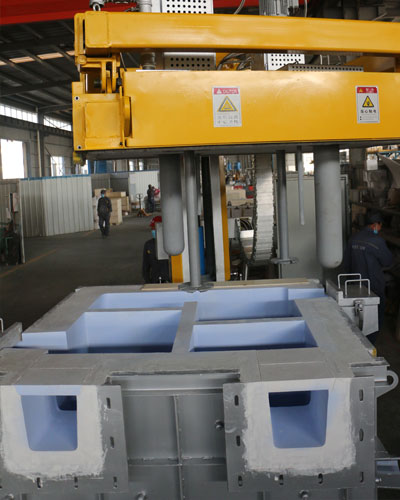The aluminium degassing of die-casting aluminum alloy is very important to the mechanical properties of the casting. The hydrogen absorption is the main reason for the formation of pinholes in aluminum alloy castings and the reduction of air tightness and mechanical properties. Therefore, various measures must be adopted to strictly control the content of hydrogen and other gases.
Measures to Control Hydrogen Content
- Before entering the furnace, it is necessary to strictly remove the rust and oil stains of the charge and preheat it to the specified temperature.
- The furnace should be baked before adding the charge to remove the moisture in the furnace to prevent moisture and hydrocarbons from contacting the charge.
- Before contact with aluminum alloy melt, it should be fully preheated to remove moisture, and the surface of iron tools should be covered with a coating agent.
- Control the smelting temperature and time, prevent the aluminum alloy melt from overheating and get gas, and use the refining agent to refining the aluminum alloy melt. The refining agent must be fully dried before use.
- The hydrogen contained in the molten aluminum is precipitated by flushing the molten aluminum in the transfer package with an inert gas, so as to reduce the hydrogen content in the molten aluminum alloy.

The gas process refers to transporting the molten aluminum in the transfer package to the aluminium degassing unit, and filling the molten aluminum with inert gas through the vent holes in the graphite rotor to precipitate hydrogen, thereby reducing the hydrogen content in the molten liquid. In the normal smelting operation, the transfer degassing process is optimized and improved, and different types of inert gases are used to fill the transfer aluminum alloy melt, so that the hydrogen contained in the aluminum alloy melt can be effectively precipitated, thereby reducing the aluminum alloy Melt density value.
We choose two different types of inert gases: nitrogen and argon, mixed in different proportions, and then degassed in transit. Through the experimental data, it can be found that if a higher proportion of argon is used for transfer degassing, its density value will be significantly reduced, but the production cost in terms of degassing use will increase by more than 25%. After comprehensive discussion and consideration of factors such as controlling production costs, the research finally decided to use nitrogen.

